Kauri Tree
- November 21, 2023
- 0 comment
The Kauri tree, majestic and iconic, stands as a symbol of resilience and grandeur in the forests of New Zealand. Belonging to the Agathis genus, these evergreen conifers are renowned for their colossal size, with some specimens reaching heights of over 50 meters and diameters that rival the giants of the botanical world.

What sets the Kauri apart is not just its impressive dimensions, but also its longevity—some individuals have been known to live for over 2,000 years. The smooth, straight trunk of the Kauri is complemented by branches that ascend majestically, creating a distinctive silhouette against the Southern Hemisphere sky.
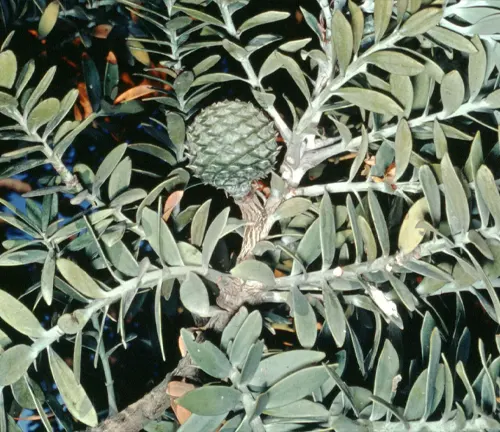
The bark, shedding in irregular patches, exposes a smooth, coppery underlayer, adding to the tree’s aesthetic allure. The timber of the Kauri is highly prized for its quality, historically used by the Māori people for crafting canoes and intricate carvings. However, the Kauri faces contemporary challenges, including the threat of a devastating soil-borne pathogen. Conservation efforts are underway to safeguard these ancient giants, emphasizing their cultural and ecological significance in the lush landscapes they call home.
| Characteristic | Description |
|---|---|
| Scientific Name | Agathis spp. |
| Family | Araucariaceae |
| Height | Over 50 meters (some specimens) |
| Diameter | Impressive and substantial |
| Lifespan | Over 2,000 years in some cases |
| Foliage | Evergreen, with needle-like leaves |
| Trunk | Straight and smooth, shedding bark in irregular patches |
| Timber Quality | Highly prized for its durability and workability |
| Traditional Uses | Historically used by the Māori for canoes and carvings |
| Geographic Range | Native to New Zealand, primarily in the North Island |
| Conservation Status | Faces threats, including a soil-borne pathogen |
| Cultural Significance | Symbolic and culturally important in Māori traditions |
Botanical Beauty of Kauri Tree
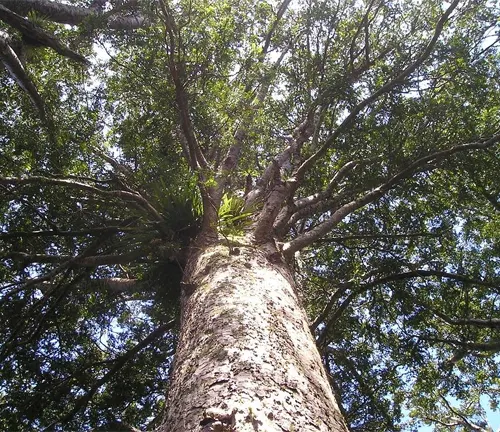
The Kauri tree, a botanical marvel native to the lush landscapes of New Zealand, commands attention with its sheer beauty and imposing stature. Belonging to the Agathis genus, this evergreen conifer stands as a testament to nature’s artistry. Towering over the forest canopy, the Kauri boasts a straight, smooth trunk, complemented by branches that ascend majestically towards the Southern Hemisphere sky. Its needle-like leaves add to the aesthetic allure, creating a silhouette that is both iconic and captivating. As a symbol of resilience and grandeur, the Kauri’s botanical beauty is a source of inspiration for nature enthusiasts and conservationists alike.
Woodland Elegance
Beyond its botanical beauty, the Kauri tree is renowned for the elegance of its timber. The wood derived from the Kauri is not merely a construction material; it is a testament to strength, durability, and craftsmanship. Historically, the Māori people recognized the inherent qualities of Kauri timber, using it to fashion canoes and intricate carvings. Its fine grain and workability make it a prized material for woodworkers, adding a touch of woodland elegance to creations that endure through time.

Ecological Importance
The ecological importance of the Kauri tree extends far beyond its visual splendor. As a towering presence in New Zealand’s forests, the Kauri plays a crucial role in maintaining the balance of its ecosystem. The expansive root system of the Kauri contributes to soil stability, preventing erosion and fostering a supportive environment for diverse flora and fauna. Its towering presence provides habitat and shelter for various species, contributing to the rich biodiversity of the region.
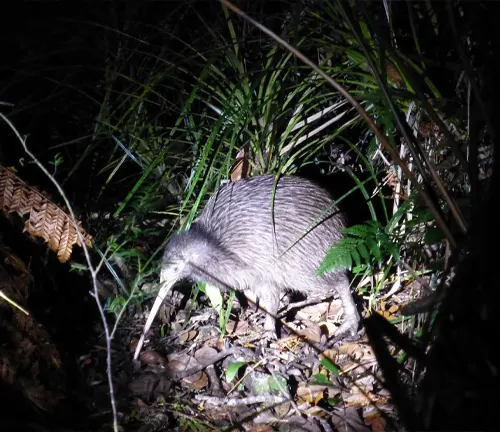
Cultivation and Conservation
While the Kauri tree’s resilience has allowed it to thrive for millennia, contemporary challenges threaten its existence. Conservation efforts are underway to protect these ancient giants from a soil-borne pathogen that poses a serious threat to their survival. Cultivation initiatives aim to ensure the continued presence of Kauri trees in their native habitats, emphasizing the need to preserve their genetic diversity and ecological significance.
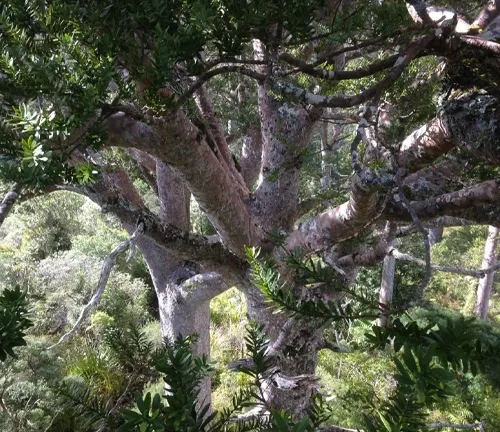
Fragrance
In addition to its visual and ecological attributes, the Kauri tree surprises the senses with a delightful fragrance. The resin exuded by the tree carries a distinct, sweet scent that adds to the overall sensory experience of being in the presence of these botanical wonders. The fragrance of the Kauri enhances the immersive nature of exploring the forests where these trees stand tall, creating a multisensory connection with nature.
Soil Stabilization
One of the unsung heroes of the Kauri tree lies beneath the surface—the intricate root system that contributes significantly to soil stabilization. The extensive network of roots not only anchors the tree firmly in the ground but also helps prevent soil erosion. This soil stabilization function is vital in maintaining the health of the ecosystem, ensuring that the surrounding flora and fauna have a stable environment in which to thrive.
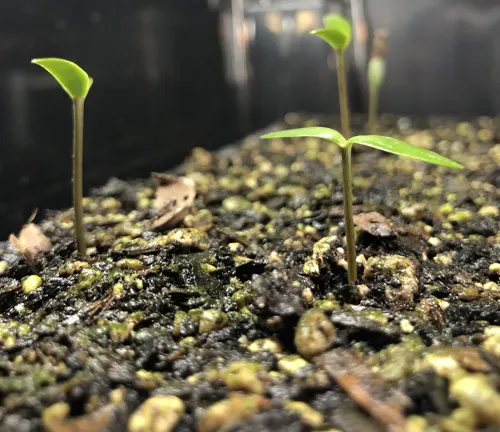
Common Uses
The Kauri tree has been an integral part of the lives of the Māori people and, more broadly, the people of New Zealand. Beyond its historical uses in crafting canoes and carvings, Kauri timber finds applications in contemporary construction and woodworking. Its versatility and aesthetic appeal make it a sought-after material for creating furniture, flooring, and decorative items, bridging the past and present in the hands of artisans and builders.
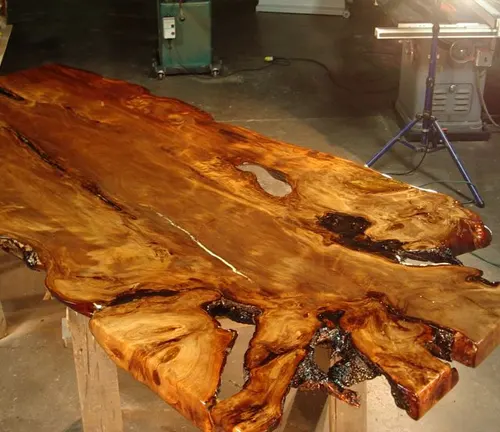
Benefits
The benefits of the Kauri tree extend beyond its tangible uses and visual appeal. As a living symbol of endurance and natural beauty, the Kauri provides an opportunity for reflection and connection with the environment. Its presence in New Zealand’s landscapes serves as a reminder of the delicate balance between human activities and the preservation of the planet’s botanical treasures. Appreciating the benefits of the Kauri involves recognizing its role in culture, ecology, and the broader narrative of sustainable coexistence with nature.
Different Species
Agathis australis
(New Zealand Kauri)
This is the most well-known and iconic species of Kauri, native to the northern regions of New Zealand. It is the largest and longest-lived among the Kauri species, with some individuals reaching heights of over 50 meters and ages exceeding 2,000 years.
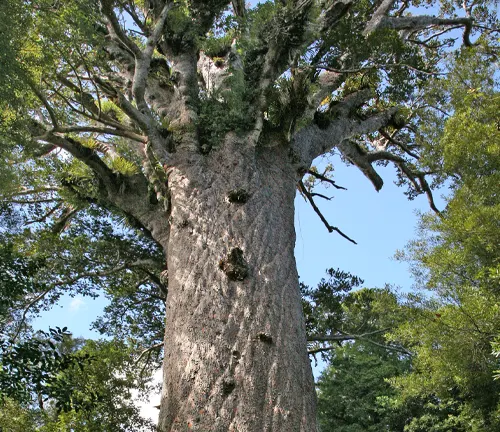

Agathis dammara
(Damar Kauri)
Found in Southeast Asia, specifically in Indonesia, Malaysia, and the Philippines, the Damar Kauri is valued for its resin, known as dammar. This resin has various uses, including in traditional medicines, varnishes, and incense.
Agathis robusta
(Queensland Kauri)
Native to the rainforests of northeastern Australia, the Queensland Kauri is a large evergreen tree with a straight trunk and glossy green leaves. It is a valuable timber species and is sometimes planted as an ornamental tree in other regions with suitable climates.
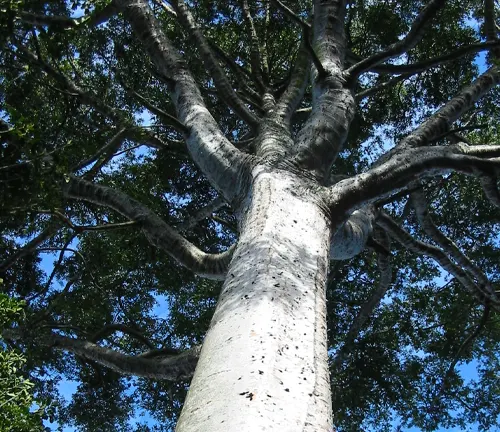
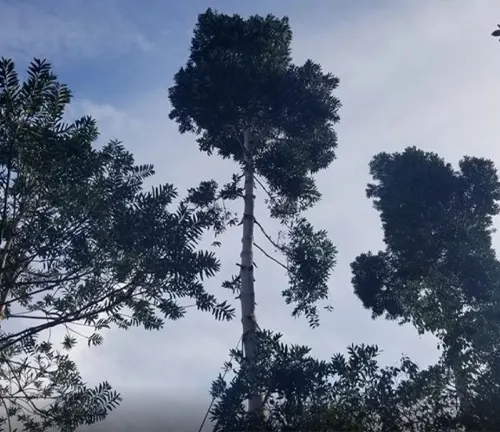
Agathis corbassonii
(Sulawesi Kauri)
Endemic to the island of Sulawesi in Indonesia, this Kauri species is characterized by its conical crown and large, leathery leaves. It is found in montane forests and is part of the unique flora of the Sulawesi region.
Agathis lanceolata
(Dwarf Kauri)
This species is found in New Caledonia and is notable for its relatively smaller size compared to other Kauri trees. The Dwarf Kauri is adapted to the different ecological conditions of New Caledonia and is an essential component of the island’s biodiversity.
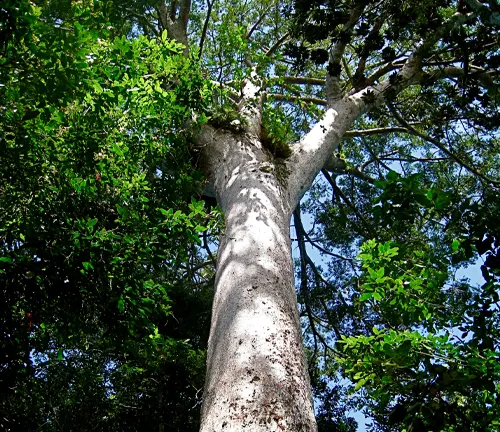
Frequently Asked Questions (FAQs)
- What is a Kauri Tree?
A Kauri tree is a type of evergreen conifer belonging to the Agathis genus, known for its impressive size, longevity, and cultural significance. The most well-known species is the New Zealand Kauri (Agathis australis). - Where are Kauri Trees found?
Kauri Trees are primarily found in New Zealand, particularly in the northern regions. There are also different species of Kauri found in other parts of Southeast Asia and Australia. - How tall do Kauri Trees grow?
Kauri Trees can reach towering heights of over 50 meters, with some exceptional specimens even surpassing this. They are among the largest trees in the world. - What is the lifespan of a Kauri Tree?
Kauri Trees are known for their longevity, with some individuals living for over 2,000 years. Their remarkable lifespan contributes to their cultural and ecological significance. - What is the significance of Kauri Trees in Maori culture?
Kauri Trees hold great cultural importance for the Māori people of New Zealand. They are considered sacred and have been traditionally used for various purposes, including crafting canoes and carving. - What threats do Kauri Trees face?
Kauri Trees face threats from a soil-borne pathogen called Phytophthora Agathidicida, causing a disease known as Kauri dieback. This disease has led to significant conservation concerns and efforts to protect these ancient trees. - How is Kauri dieback managed?
Management strategies for Kauri dieback include strict hygiene measures to prevent the spread of the pathogen, research on resistant trees, and public awareness campaigns to reduce human impact on Kauri habitats. - Can Kauri Trees be planted outside of their native regions?
While some Kauri species, like Agathis robusta (Queensland Kauri), are occasionally planted in other suitable climates, the New Zealand Kauri is generally not recommended for planting outside its native habitat due to the risk of spreading Kauri dieback. - What are the commercial uses of Kauri timber?
Kauri timber is highly valued for its quality and has been historically used by the Māori for crafting canoes and carvings. In modern times, it is sought after for woodworking, furniture, and decorative items. - How do Kauri Trees contribute to the ecosystem?
Kauri Trees play a crucial role in the ecosystem by providing habitat for various species, contributing to soil stabilization, and adding to the overall biodiversity of the regions they inhabit.


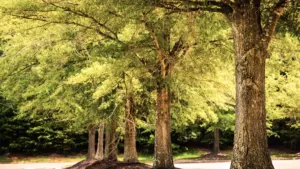

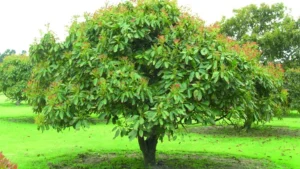
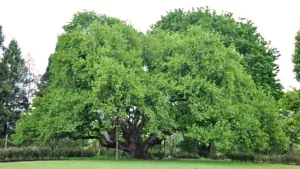
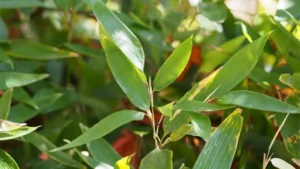
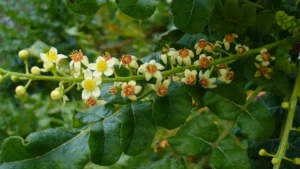

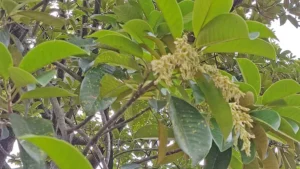
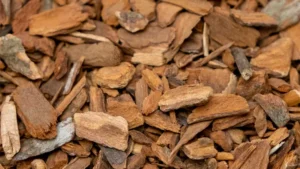
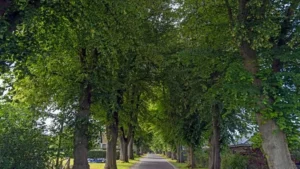
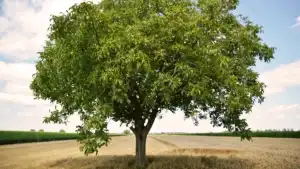
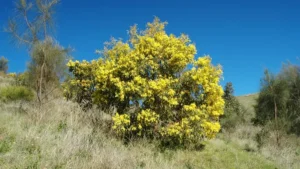
Leave your comment